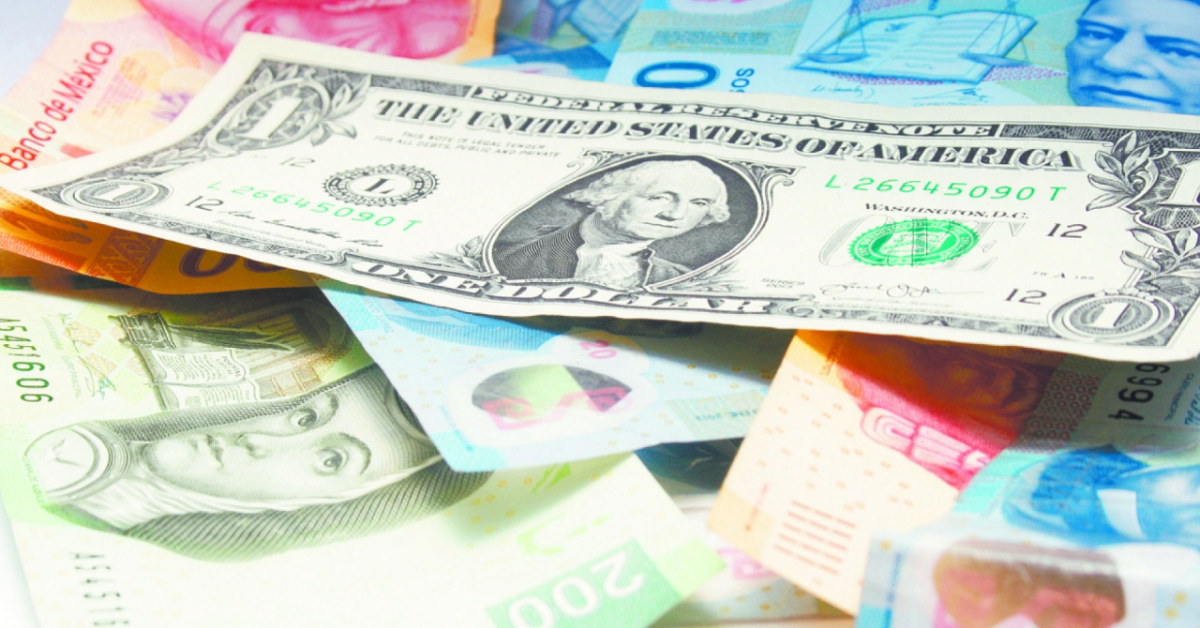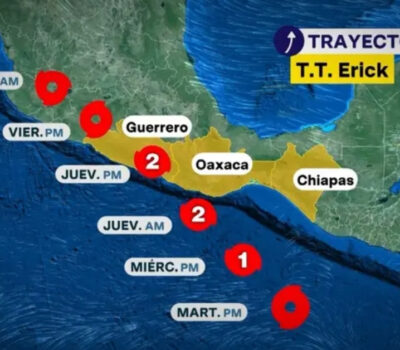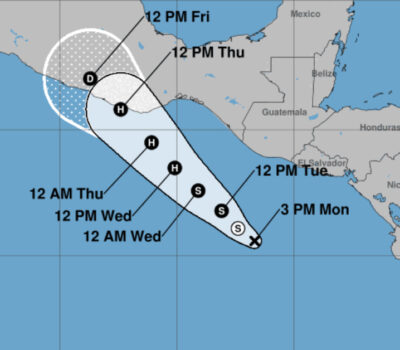Puerto Vallarta, Mexico – The Mexican peso weakened modestly against the U.S. dollar on Friday morning as markets reacted to stronger-than-expected labor data from the United States and revised projections on Mexico’s economic performance.
By mid-morning, the peso was trading at 19.6635 per dollar in the spot market, according to LSEG data. This marks a depreciation from Thursday’s reference price of 19.5946 pesos per dollar. The previous day, Mexico’s financial markets were closed in observance of a public holiday, and the Bank of Mexico (Banxico) did not publish an official reference rate.
The greenback fluctuated in a narrow trading range, reaching a high of 19.7020 pesos and a low of 19.5487 pesos. Meanwhile, the U.S. Dollar Index (DXY)—which tracks the performance of the dollar against six major global currencies—declined 0.71%, slipping to 99.48.
Investors are digesting new economic data out of the United States, which showed a stronger-than-anticipated labor market. The U.S. Department of Labor reported that nonfarm payrolls rose by 177,000 in April, surpassing the market forecast of 138,000. The unemployment rate held steady at 4.2%, matching analysts’ expectations, while average hourly wages rose 0.2%—slightly below projections.
Analysts noted that the robust jobs data could influence the U.S. Federal Reserve’s upcoming monetary policy decisions, potentially delaying anticipated rate cuts. That sentiment has added to pressure on emerging market currencies, including the peso.
On the domestic front, the Bank of Mexico published the results of its latest monthly survey of private sector analysts. The report revealed a sharp downgrade in Mexico’s expected economic performance for 2025. Experts now forecast GDP growth of just 0.20% for the year, down from the previous estimate of 0.50%.
The downward revision follows Wednesday’s announcement that the Mexican economy expanded a modest 0.2% in the first quarter of the year, based on seasonally adjusted figures—an outcome that surprised markets but failed to shift sentiment regarding long-term momentum.
At the same time, inflation expectations nudged upward. Analysts now predict inflation will close the year at 3.8%, slightly above the prior 3.7% estimate. Projections for the benchmark interest rate also shifted. The survey suggests Banxico will end the year with a funding rate of 7.75%, reflecting a cautious stance amid persistent inflationary pressures.
While the peso has shown resilience in recent months—thanks in part to relatively high local interest rates and solid remittance inflows—the latest round of global and local data has reminded investors of the delicate balance Mexico’s economy faces amid global uncertainty.
Market watchers will now turn their attention to next week’s inflation print and Banxico commentary for further insight into the central bank’s policy path and the peso’s near-term trajectory.
Puerto Vallarta, Mexico - The Mexican peso weakened modestly against the U.S. dollar on Friday morning as markets reacted to stronger-than-expected labor . . .












